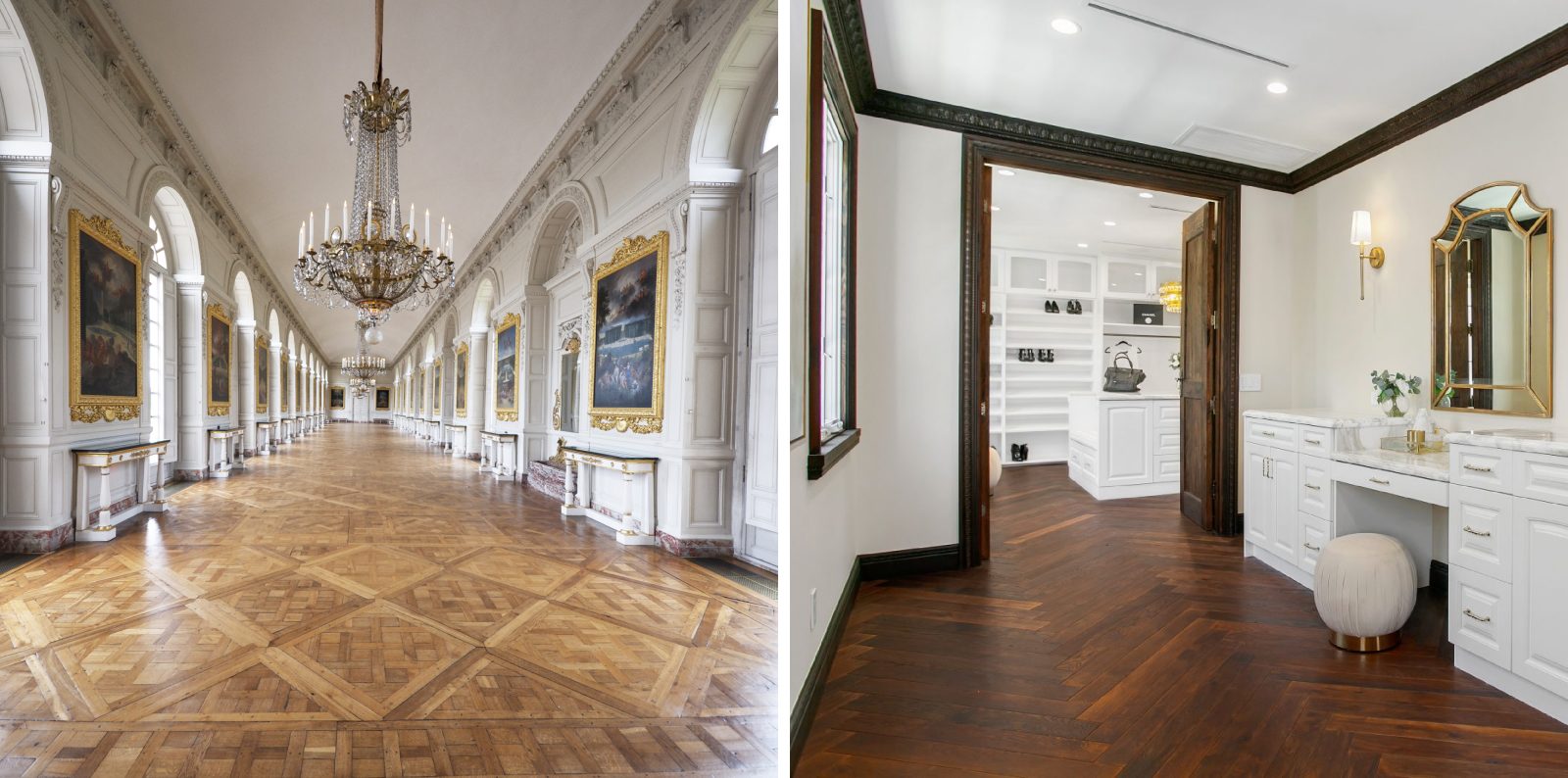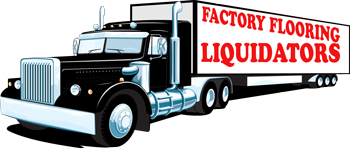
When you think of a timeless home, chances are the image in your head will have hardwood floors. Hardwoods have long been favored for their appearance and ability to stand the test of time. Like most of us, sometimes we take for granted aspects of home design that seem to have been around forever. But it wasn’t until the 17th century that hardwood flooring started to gain popularity. If you’ve ever wondered how and why hardwood flooring came to be, let us walk you through the history of hardwood flooring.
The Early Years
The history of hardwood flooring dates back to the early 1600’s French Baroque area. At the time, only wealthy people and French nobility would have adapted this style due to cost and timeliness of the installation. Hardwood flooring was made by hand, where each plank would be scraped, sanded and polished. Examples of this type of early flooring can be seen at Versailles in the traditional Parquet style that is still popular today.

Hardwood Flooring in America
Most of the hardwood flooring we imagine today – polished and uniform – weren’t common until the 19th century. In fact, most flooring in early colonial America was made from wide, thick planks that were likely cut from nearby forests with whatever material they could find. Unlike today where you can choose from flooring like bamboo, hickory, oak and more, these people were working with what was right outside their door.
The process for cutting timber into lumber was also extremely lengthy and difficult. A pit saw was most commonly used to do the cutting and required at least two men to get the job done. Because the process was so manual and strenuous, the planks of wood were often different widths and sizes, resulting in uneven flooring or flooring with gaps in it. It was common to lose smaller items like marbles under the gaps in the floors.
As time went on, a new method for laying flooring was created that allowed for a much more uniform look. The long edge of a plank of wood was planed with an “L” profile, allowing it to lock in with adjacent boards. So, when wood inevitability changed shape and size due to weather, gaps could be covered up by the end of the other, adjacent board.
Early Hardwood Flooring Design Trends
Like so many aspects of design, popular hardwood flooring styles have changed drastically over the years. In the 18th century, many people began to paint their flooring as they would their walls and ceilings (staining and varnish wouldn’t become popular until the late 19th century). These decoratively painted wood floors ranged from monochrome to fanciful designs such as diamond or checkerboard patterns, making for a memorable timestamp in the history of hardwood flooring. Because of the low quality of the wood in most of the homes during this time, painting was a relatively easy and inexpensive way to upgrade the look of your home. If you were part of the wealthy elite, however, you might have been able to invest in parquet flooring, similar to the Versailles style mentioned earlier.

The Industrial Revolution
Along with many other inventions, the Industrial Revolution also brought a more efficient and expedited process to the hardwood flooring world. With new, steam-driven machinery, the production time of flooring decreased significantly. Additionally, flooring became much more uniform and began to look like the polished flooring we think of thinking of today.
Around this time, the most popular way to install flooring was known as the “Tongue and Groove” flooring method. Tongue and groove flooring fits together like a puzzle piece, where one part of the flooring is fitted with a protruding “tongue” that fits into a concave “groove.” The most common type of hardwood around this time was narrow, oak floors – much different from the types of flooring we saw in earlier years.

Hardwood Flooring Today
Besides a decline in popularity around World War II when wall to wall carpeting was more common, hardwood flooring has remained a classic and favorite type of flooring for most homeowners. After many different phases of hardwood flooring, the polished hardwood flooring we know today finally appeared in the late 19th century.
Today, hardwood flooring goes through a much more detailed manufacturing process than in the past, creating an appealing and durable product. Whereas hardwood flooring might have only been in certain rooms of the house in the past, today, it’s much more common to see hardwood floors through the entirety of homes. Whether you’re renovating a home and trying to find your style or simply thinking about hardwoods in general, there’s a myriad of options to choose from. If you’re on the fence, remember that hardwood flooring has stood the test of time for centuries and we don’t anticipate it going away any time soon.
Need Help Installing Floors in Your Home? Ask the Experts at Factory Flooring
What type of underlayment should you use? How many inches thick? How do you install it? And how do you avoid damaging your floors in the process?
When you work with Factory Flooring, you don’t have to worry about these questions. Our team of professional flooring installers will handle all the heavy lifting for you — literally. All you have to do is relax and enjoy the savings on your energy bill.
Need to get more flooring ideas first? Our design blog has dozens of articles to help you get started. Whenever you’re ready to tackle your insulation project, we’ll be here to help. Contact us online to get started, or call Factory Flooring at 469-583-7053






